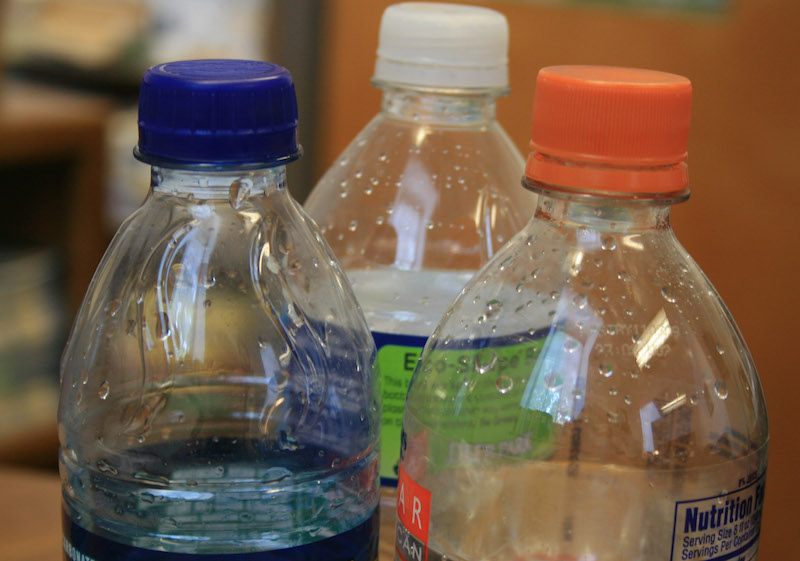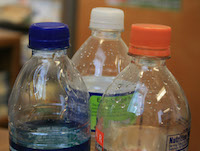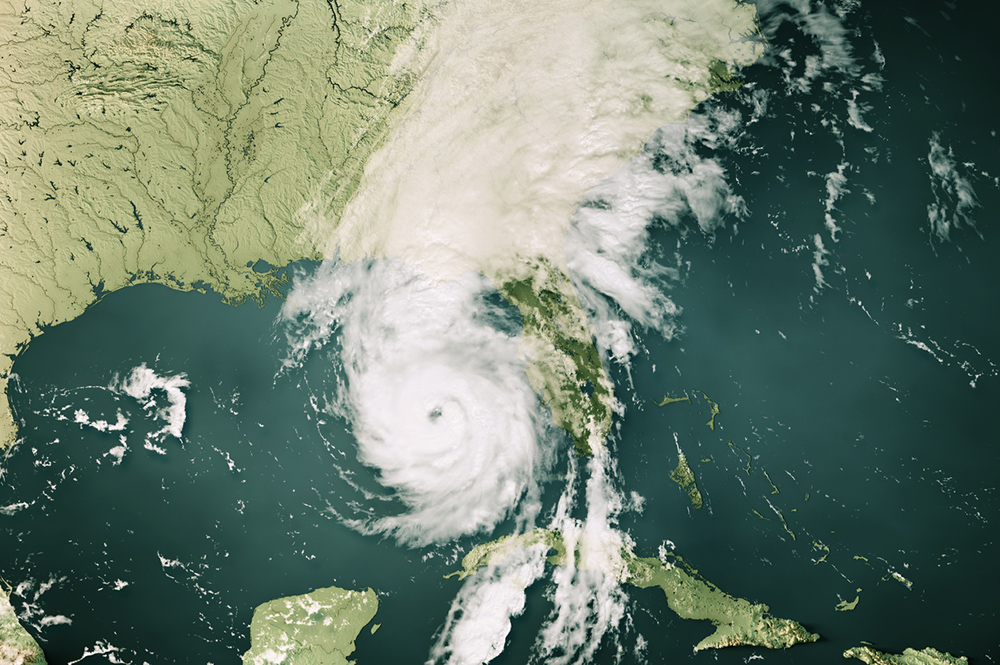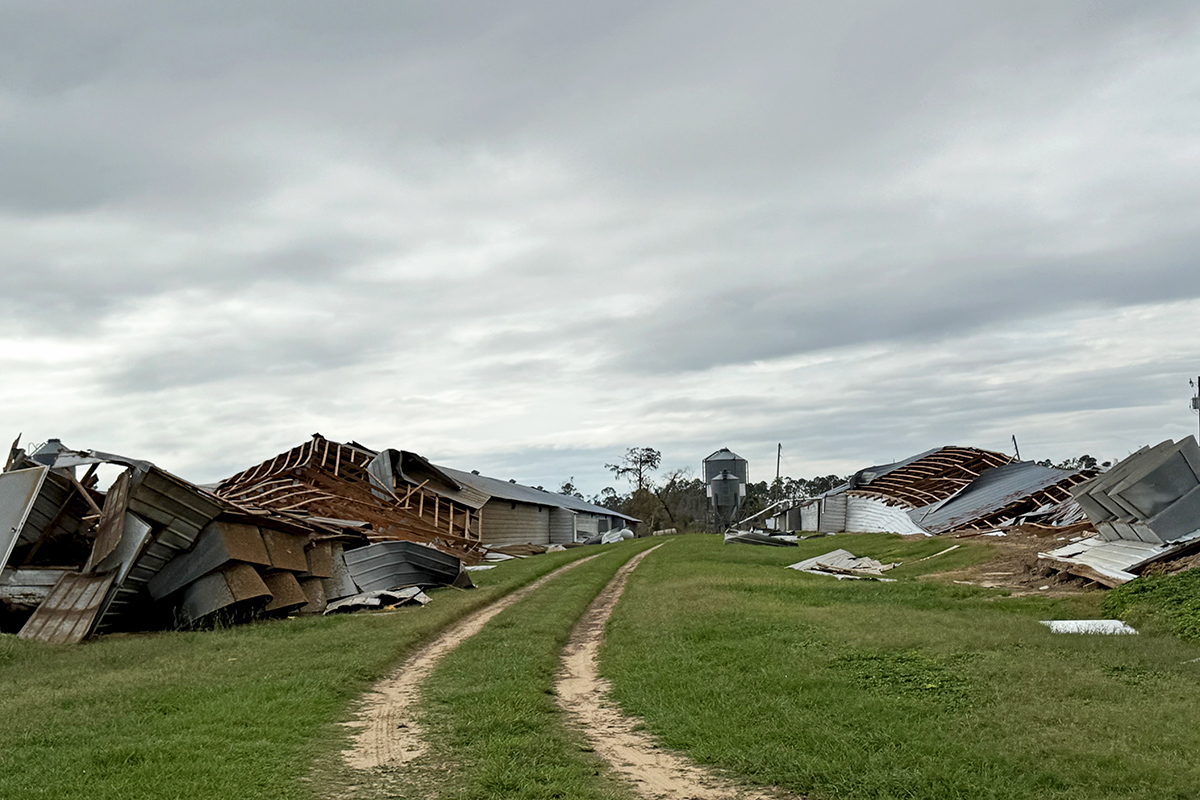Much of Georgia was much wetter than normal during November 2015, and with all that rain there’s a chance some runoff may have contaminated private wells around the state.
For families who have seen their well water turn a bit cloudy or muddy over the last few weeks, it’s not a good idea to guess at the quality of water coming out of the tap. The Centers for Disease Control and Prevention and the University of Georgia recommend testing well water at least once each year. The recent rains may make this a good time to visit a local UGA Cooperative Extension office to have your well water tested.
Although well water in Georgia is generally safe to drink, it can become contaminated with excess minerals, chemicals and disease-causing bacteria. While water from public municipal sources is routinely monitored for safety, water from private wells isn’t unless homeowners take steps to ensure its safety.
Many problems with well water can be corrected, but homeowners can’t fix a problem if they don’t know it exists. Below are some things Georgians should think about when deciding whether to test well water.
How well water can become contaminated
The water that fills private wells comes from rainfall that filters through soil and collects in pores and cracks in rocks deep beneath the ground. This filtration process removes leaves, insects and other particles from the water. It doesn’t, however, filter out chemicals — pesticides, fertilizers and industrial waste — that rainwater picks up from soil and hard surfaces. Spills of chemicals or sewage within 100 feet of the well are cause for particular concern. Furthermore, as water moves through the ground, it can dissolve naturally occurring minerals and metals. It can also pick up microorganisms, especially during warm, rainy weather, like Georgia saw in November.
Shallow wells are more susceptible to contamination than deep wells are. Location is also a factor in well water contamination. Wells that are sited in low ground are more likely to collect pollutants carried in surface runoff. Contamination is also more likely if the well is located within:
- 50 feet of septic tanks, septic drain fields or livestock yards
- 100 feet of petroleum tanks, manure storage, or pesticide or fertilizer storage and handling areas
Additionally, some regions experience potentially toxic levels of naturally occurring contaminants, including arsenic, radon and uranium. Crystalline rock aquafers, like those found in the Piedmont region of Georgia, are more likely to contain radon.
Unprotected wellheads, flooding, poor well construction and damaged well structures can also allow contaminants to enter well water.
Hazards of contaminated well water
Primary contaminants in well water can cause both acute and chronic illness. High levels of dissolved metals, such as copper or cadmium for example, cause liver and kidney damage and anemia. Bacteria, viruses and parasites may cause dysentery and several infectious diseases. Chemical contaminants can cause a host of illnesses.
In addition to health risks, some contaminants cause economic or aesthetic damage. Excess chloride in well water deteriorates plumbing and water heaters. Excess copper leaves blue-green stains in sinks and toilets. Concentrations of iron and manganese stain laundry brown. High levels of chloride, iron and zinc can make water taste bad.
While an odd taste, corrosion and staining are signs of water contamination, most contaminants aren’t readily detectible. Ensuring the safety and quality of your well water requires laboratory testing.
Recommended tests for well water
Because one single test can’t detect all the possible contaminants of well water, UGA Agricultural and Environmental Services Laboratories offer over 30 different water tests. Under most conditions, however, UGA recommends annual testing in just four areas: water chemistry, bacteria, nitrates, and turbidity and color.
The basic water chemistry test performed at the UGA Soil, Plant and Water Analysis Laboratory can determine hardness, pH and concentrations of 16 minerals and metals. If your well water hasn’t been tested in three or more years, start with a comprehensive water chemistry analysis. In addition, UGA recommends that well owners in the Piedmont and Blue Ridge regions consider annual testing for uranium. Well owners in the state’s Southern Coastal Plain below the Fall Line should test their water for arsenic.
Beyond these recommended annual tests, you may need to have your well water tested for safety if you experience flooding; suspect contamination; notice changes in color, odor or taste; or have problems with the well structure.
For information on collecting and submitting well water for laboratory testing, contact your local UGA Extension office at 1-800-ASK-UGA1. Your Extension agent can also recommend treatments for correcting well water issues.








